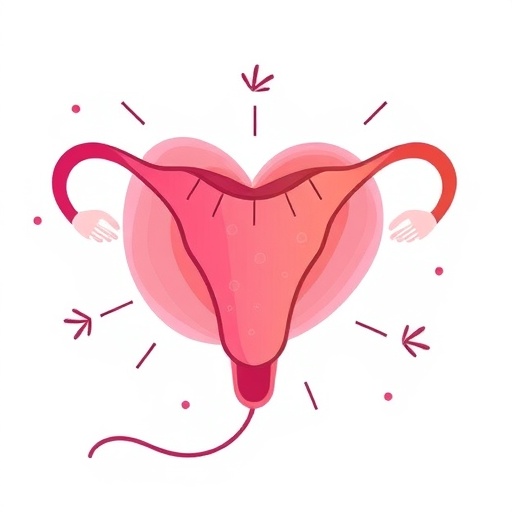Are your friends very pain tolerant? Then it is likely that you are as well, provided you are a male. A recent study, published in the Scandinavian Journal of Pain, along with an Editorial Comment by Dr. Jeffrey Mogil, published by De Gruyter, shows that there is a positive correlation between the pain tolerance of individuals and that of their friends.
In a study from Tromsø, Norway, called "Fit futures", almost a thousand adolescents in the first year of upper secondary school got tested on pain tolerance in correlation to social relationships. The adolescents named around five friends which formed the social network of the group, and then completed a test for pain tolerance within that group which was the amount of time they were able to endure holding their hand in cold circulating water of 3°C.
The analysis of this study revealed that pain tolerance was strongly associated with friendships, i.e. friends tend to have similar pain tolerance levels. Further analysis based on gender revealed that the friendship effect was present for boys only, and only through their male-male friendships.
The authors of the study then revised two possible explanations: One hypothesis is that friends share a similar lifestyle and that this affects pain sensitivity, resulting in similar pain tolerance levels among friends. This possibility was tested by statistically controlling for physical activity and smoking – two lifestyle factors that are known to affect pain. However, results were unchanged, suggesting that similar lifestyle among friends does not explain the similarity in pain tolerance.
A second hypothesis for this mechanism of social transmission is peer pressure. The adolescents were tested consecutively and it is conceivable that they might brag to their peers about being able to endure the maximum testing time of 105 seconds. If so, one would expect higher pain tolerance among those who were tested later. This effect accounted for some, but not all, of the similarity among friends.
This study is the first to apply social network analysis to pain tolerance and is a contribution to understanding the effect of social factors on pain. If there is indeed a social influence effect in pain tolerance, then this suggests that prevention programs aimed at social groups may have effects over beyond those aimed at individual patients.
###
Read the paper and the Editorial Comment, for free, here:
https://doi.org/10.1515/sjpain-2018-0060
https://doi.org/10.1515/sjpain-2018-0072
Media Contact
Eric Merkel-Sobotta
[email protected]
49-302-600-5304
@DeGruyterOA
https://www.degruyter.com/dg/page/open-access
https://www.degruyter.com/dg/newsitem/284/are-pain-tolerance-levels-similar-among-groups-of-friends
Related Journal Article
http://dx.doi.org/10.1515/sjpain-2018-0060




